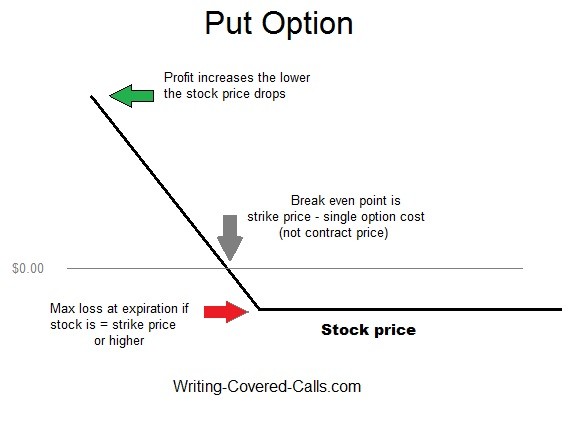When a Stock Price Falls What Happens to Your Money
Post on: 16 Март, 2015 No Comment

If the price of your stock has declined and you’re looking to track down where the money went—figure out who has it now—you might be disappointed to learn that you’re tracking a phantom because it was never really money in the first place. When a stock tumbles, its value isn’t redistributed. It merely shrinks.
Undoubtedly, even if a share of stock you own is not a wad of bills in your pocket, you can lose potential money — that is, the money that would be yours to spend if you sold your shares right now. So if you need immediate cash. this is as real as money gets. Still, you will run into trouble when you begin to equate that potential money—or really, the stock price—as being the same thing as the cash in your pocket or bank account.
To understand this difference, a comparison can be made between a drop in the price of a stock and a drop in the price of a house. Suppose you want to sell your house and you ask a real estate agent to appraise the value of it. A week later, you ask a different agent to appraise the house. He comes up with an estimate that is 15% lower than the previous agent’s estimate. Have you lost any cash? No, you haven’t. The cash in your pocket or savings account has not changed. What has changed is the value of your house.
To illustrate this point further, if you had one share in a company and the share price has dropped from $500 to $300, you still have your one share. You did not lose any money, not yet at least. What has changed is what someone else is willing to pay for the share.
It’s important to understand this, or you could run into a couple of problems later on. Let’s say you were planning to retire in a few months, cash in your $500 share and live on the proceeds for the rest of your life. Now, you can only get $250 for the share. Consequently, you may have to work past your retirement date to make up the difference. Another problem could occur, for instance, if you decided to get a loan from the bank for $500 to buy something using the share as collateral. Now, you and the bank are getting anxious because you owe them $500, and the only asset you have is a share worth $250.
The change in stock prices is a result of demand and supply. If demand is more, buyers will begin to push the price of the stock up. If the supply is more, sellers will cause the share price to go down.
According to Dow’s theory, stock prices follow three phases: the accumulation phase. the public participation phase and a panic phase.
The first phase of a bull market is referred to as the accumulation phase, which is the start of the upward trend. At this stage, stock prices are at an all time low. This is also considered the point at which informed investors start to enter the market and accumulate as many shares as possible without causing much price rise. They do so based on the assumption that the worst is over and a recovery lay ahead.
This stage will continue to build until eventually the public participation phase emerges. During this phase, negative sentiment starts to dissipate as business conditions—marked by earnings growth and strong economic data—improve. Good economic news starts to permeate the market and, as a result, more and more investors move back into the market, sending prices higher.

What’s more, the public participation phase tends not only to be the longest lasting, but also the one with the largest price movement.
The distribution, or panic, phase occurs when stock prices have reached a very high level from the base line and are soon likely to reach unsustainable levels. At this stage, the investors who accumulated shares during the first phase start selling their holdings to those investors who were later attracted because of very high prices. Eventually, stock prices reach a level where no body is willing to buy them, reversing the uptrend in prices. As more investors start loosing money, more people start selling, thus adding momentum to the downward spiral. Market panic can lead to very large sell-offs in a very short period of time.
As an investor, you can track the value of your shares in real time on a computer screen, confident that you’ll get good money for your shares when you decide to sell. And you won’t be alone—staring at millions of computer screens across the country are other investors who share your confidence that the value of their shares will hold up. But when that collective confidence starts to fade. a lot of investors will sell their shares at any price and, as a result, a big chunk of that money you thought your investments were worth simply diminishes.
Timing is everything in the stock market. That’s why it’s important to develop a plan that can help you determine when to buy or sell shares. Remember, that if the last transaction of a company’s shares were valued at $50, this doesn’t mean that everyone who owns those shares could sell them at that price.
Remember, profits and losses are made only when stocks are actually sold off, otherwise it’s just paper loss or paper profit .














